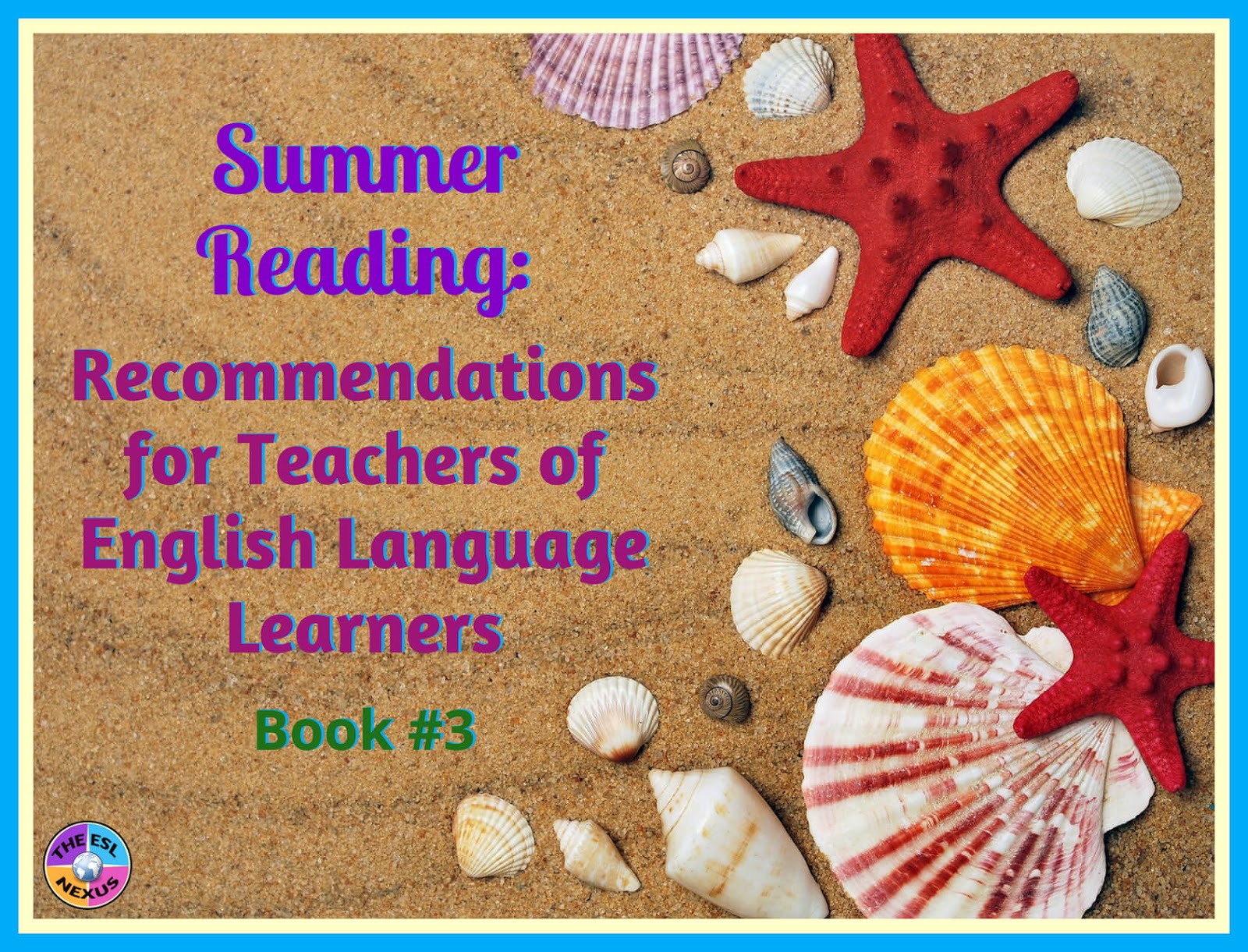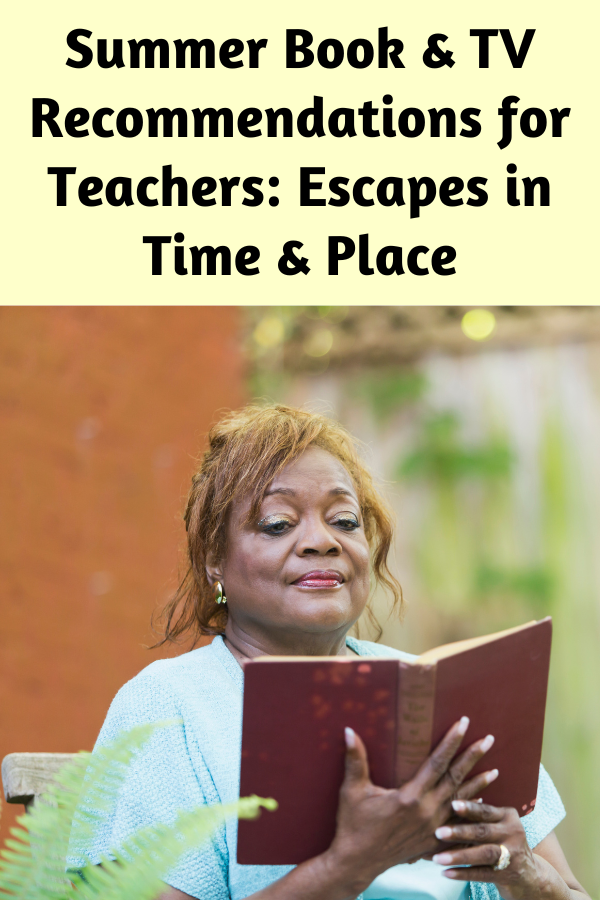So far, the books in my Summer Reading Recommendations series have dealt with designing effective lessons for English Language Learners. In today’s post, I’d like to get more specific and talk about a book that actually teaches academic subject material.
Teaching academic content to ELLs isn’t easy, especially if they are at the lower end of language proficiency. So I was thrilled to learn about The Oxford Picture Dictionary for the Content Areas when attended a presentation on it at an ESL conference one year. I was familiar with the concept of picture dictionaries: Show illustrations grouped by topic on one page and identify them in a list at the bottom of the page. Topics included work, community, school, food, clothing, housing, transportation, health, and so on. The words were mostly nouns, noun phrases, and adjectives. There might be a supplemental teacher’s guide with ideas on how to present the words to students.
 |
| Source: The ESL Nexus |
(This post contains affiliate links. That means that I make a small commission if you purchase the book below but it’s at no additional cost to you. Thank you for your support!)
SUMMER READING BOOK RECOMMENDATION #3:
The Oxford Picture Dictionary for the Content Areas
By Dorothy Kauffman, Gary Apple, and Kate Kinsella (2nd edition)
The Oxford Picture Dictionary for the Content Areas is different. Except for the first unit, which is all about terms for common places and people, all the topics cover academic material commonly taught in upper elementary and middle school. (High school students could probably also use this book, although the concepts and activities may be a bit too simple for them.) There are units for social studies, with topics about the regions of the U.S. plus Canada and Mexico; and about U.S. history beginning with Native Americans and continuing through the Civil War, along with a section about the structure of the U.S. government and 16 famous Americans. There are units for science and health: the human body, biology, zoology, earth and physical science. A unit on math includes topics for arithmetic, geometry, measurement, numbers, graphs, and related terms. An appendix covers basic vocabulary like time, colors, food, clothing, etc.
What’s great about this book – one of the things that’s great – there are many! – is the way it’s organized. Each topic consists of a 2-page spread: The left page includes the terms for the unit and each term is numbered and has a mini illustration of it to the left of the word. The page to the right is a full-page illustration or, in some cases, a few smaller illustrations that take up the whole page, showing all the terms in use. However, these illustrations are not numbered so students need to refer to the list to identify them, which I think is a better way for learning the terms.
In addition to the picture dictionary itself, there is a whole slew of materials for teachers that you can purchase separately. The teacher’s guide is excellent as it spells out explicitly what and how to do things. There is a workbook with exercises for students that gives them practice using the words. (Each student should have his or her own workbook.) There is also something called the Reproducibles Collection, which consists of flashcards that teachers have to photocopy, short reading passages about each topic, chants about the topics, and another workbook with more exercises. The chants are on a CD which can be purchased separately. Large posters of each full-page illustration are also available separately and they are great for whole class activities. I used the first edition with my students and the updated second edition includes an assessment component; I don’t know what it includes but the website says it was developed by Margo Gottlieb, whom you may know as one of the people behind WIDA and the ACCESS tests.
 |
| Cover of the 1st edition that I have–newer versions are available; source: The ESL Nexus |
You can use The Oxford Picture Dictionary for the Content Areas with small groups of ELLs in a mainstream class who need extra support or with ELLs in pull-out or content-based ESL classes. I used it in all of those contexts and found it very beneficial for my students. Honestly, I can’t say enough good things about this program!
July 10, 2017




